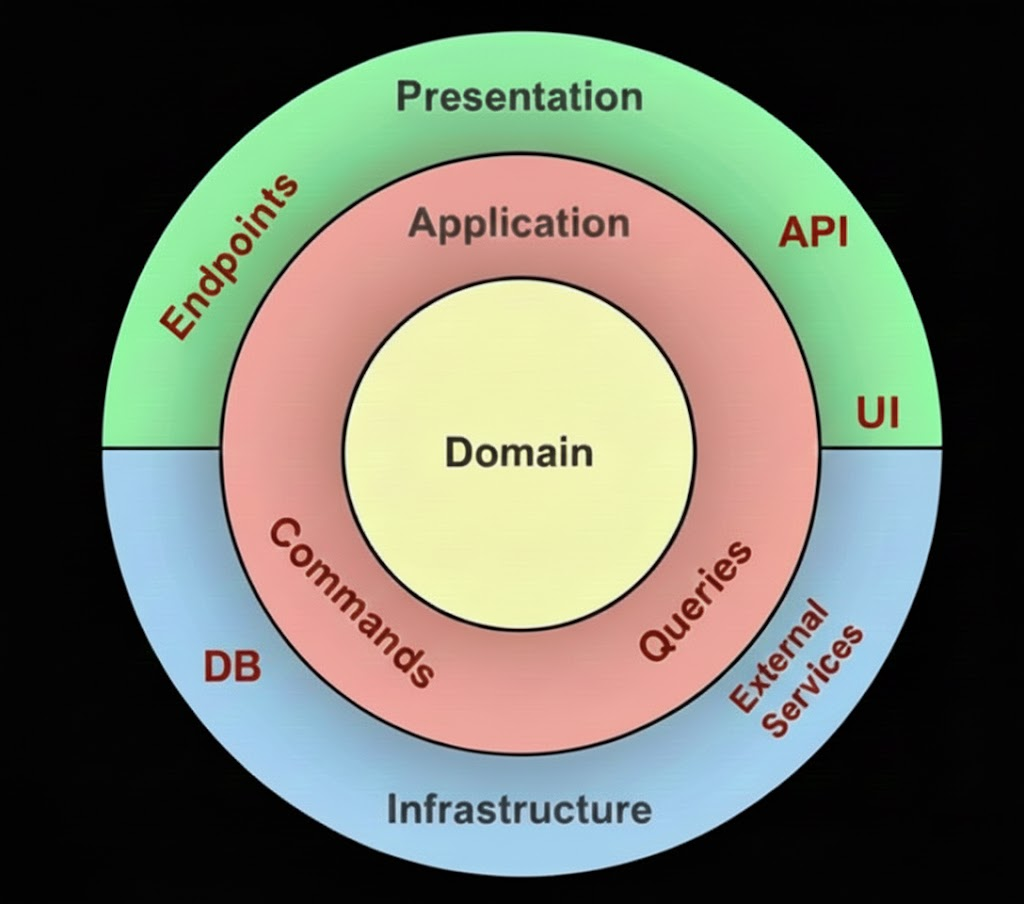sg_project_template
Project Setup
Installing uv project manager
Ensure you have uv installed on your system. If not, install it using the following command:
curl -LsSf https://astral.sh/uv/install.sh | sh
Managing the Virtual Environment
Create the python3.12 .venv virtual environment with this command on the project root directory.
uv venv --python 3.12
Activate the virtual environment.
# You can activate the virtual environment with the following command.
source .venv/bin/activate
# You can deactivate the virtual environment with the following command.
deactivate
Next time the project workstation is opened, these commands can be used to activate/deactivate the virtual environment.
Setting Up the Project Environment
Once uv is installed and environment is activated, use this to set up the project dependencies:
uv sync
Other Requirements
Put the secret tokens, keys, etc. in .env file in root directory. (Check the example in .env.example file)
Running the Application
python -m src.main
python -m src.main_api
Generate Html Docs
pdoc3 --html -o data/_app_docs/ src --force
Note: Docs will compile the written Google Docstring for the classes and functions.
Full Structure

.
@@─ pyproject.toml # All project details and python dependencies. (Created by uv) @@
├── README.md # Project overview and instructions for use.
├── data # Directory for data-related files.
│ ├── docs # Documentation files related to data.
│ ├── images # Directory for storing image assets.
│ ├── ml_models # Directory for storing LLMs and ML models.
│ └── processed # Directory for processed data outputs.
├── docker # Docker-related configurations and scripts.
│ ├── x.Dockerfile # Dockerfile for building the project's container for x.
│ ├── docker-build.sh # Shell script to automate Docker builds.
│ └── docker-compose.yml # Defining multi-container Docker applications.
!── src # Source code using onion architecture (Dependency goes inwards)
│ ├── main_api.py # Entry point for the API layer of the application.
│ ├── main_ui.py # Entry point for the UI layer of the application.
+ ├── application # Contains high-level application logic.
│ │ ├── x_services/ # Service layer for LLM-related operations.
│ │ ├── service_interfaces/ # Interface for abstraction of services.
│ │ └── utils.py # Helper functions for the app.
+ ├── domain # Contains core business logic and domain models.
│ │ ├── models # Directory for domain-specific data models.
│ │ │ └── data_models.py # Business logic / domain data models with data classes.
│ │ └── repository_interfaces # Interfaces for repository patterns.
│ │ └── y_repository.py # Interface for some external operations.
+ ├── infra # Infrastructure code, particularly for database handling.
│ │ ├── database # Database-related configurations and utilities.
│ │ │ └── db_create.py # Script to initialize and create database schema.
│ │ └── repository_implementations # Implementations of repository interfaces.
│ │ └── y_repository.py # Implementation of repository.
+ └── presentation # Presentation layer like APIs and UIs.
│ ├── dependencies.py # Dependencies for presentation layer (API token checks, etc.).
│ ├── rest # API-related presentation logic.
│ │ ├── routers # API route definitions.
│ │ │ └── items.py # Routes related to item operations.
│ │ ├── schemas.py # Data validation and serialization schemas.
│ │ └── serve_api.py # Code to serve the API, possibly using FastAPI or Flask.
│ └── ui # UI-related presentation logic.
│ ├── asset.py # CSS & JS functions needed for UI.
│ └── gradio_ui.py # UI Implementation.
├── tests # Directory for test cases and configurations.
│ ├── conftest.py # Test fixtures and setup configurations.
│ └── test_api.py # Test cases for API endpoints.